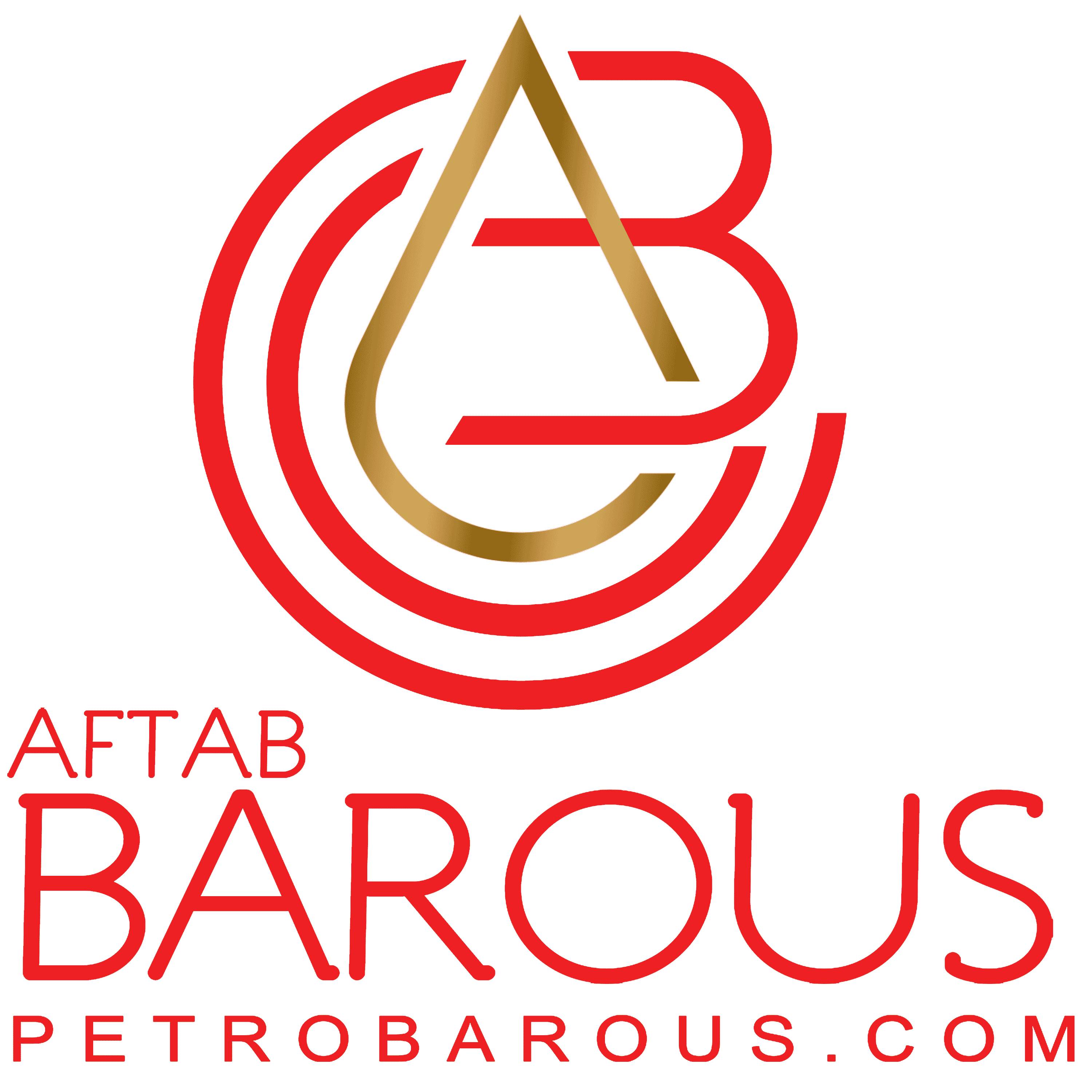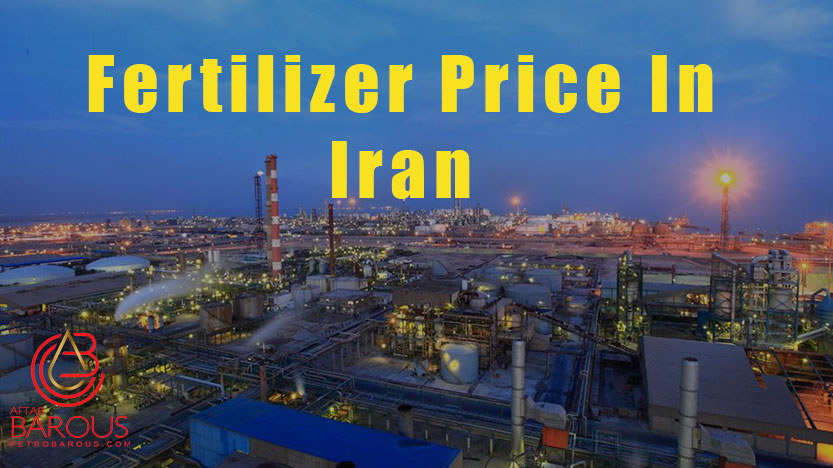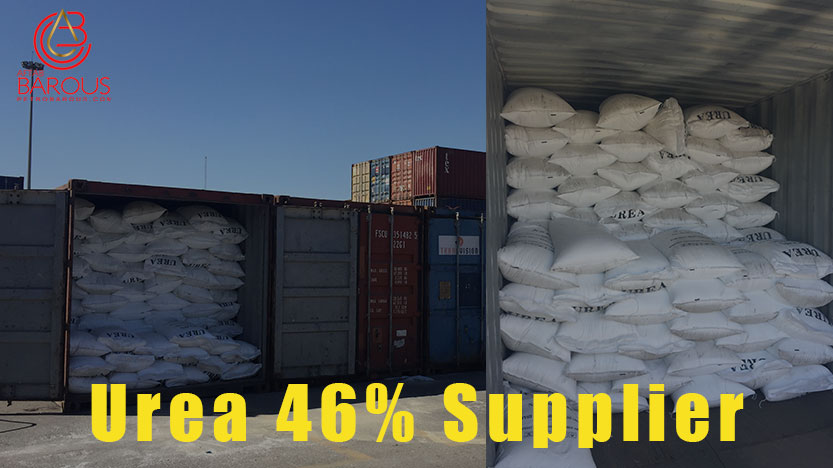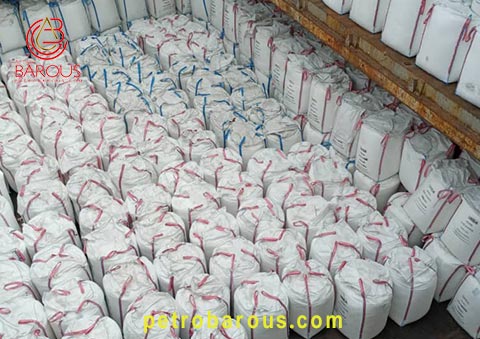Fertilizer Price In Iran
Urea has established its position as the most widely used fertilizer in the world, making it a household name among the chemicals manufactured in petrochemical complexes. The abundance of natural gas in Iran has led to the development of a wide variety of petrochemicals, some of which focus only on urea production. With an annual production capacity of more than 6.5 million tons, Iran is one of the world’s leading manufacturers and exporters of urea.
Pardis Petrochemical Company, Shiraz Petrochemical Company, Kermanshah Petrochemical Industries Company, Khorasan Petrochemical Company, Razi Petrochemical Company, and Lordegan Urea Fertilizer Company are some of the most prominent urea manufacturers in Iran. The Petrobarous Company offers its customers significant cost savings by purchasing their urea at the manufacturers’ price and then directly supplying it to them.
Fertilizer Price In Iran 🌟 Contact Us (WhatsApp)
Urea begs the question: what exactly is it?
Urea is a white solid, an organic substance with the chemical formula of CO(NH2)2. Its primary function in the world is as a nitrogen fertilizer and has widespread use throughout the globe. More than 90 percent of the manufacturing is applied directly to agricultural land; also, it has the greatest nitrogen content of all solid fertilizers. Natural gas and coal are the principal types of energy that are used in the production of urea for industrial and consumer applications.
Ammonium nitrate has been used as a fertilizer in lieu of urea in the past. Urea is crystalline in appearance and contains 46% nitrogen by composition. It has dual use as a fertilizer and feed supplement for livestock. The use of urea as a source of nitrogen in fertilizer is common in many parts of the world. Because of the extensive use of urea as a fertilizer in rice fields, Asia is home to a significant portion of the world’s urea industry. The following table describes some of urea’s distinguishing characteristics.
|
Chemical Formula |
NH2-CO-NH2 (CH4N2O) |
|
Molar (Molecular) Weight |
60.06 g/mol |
|
Melting Point |
133 °C (271.4 °F) |
|
Specific Gravity (Density) |
1.32 g/cc at 20 °C (68 °F) |
|
Forms |
Powder, prill, granular, pellets, crystals, and solutions |
|
Appearance |
White solid, colorless |
|
Odor |
None |
|
Solubility |
Soluble (Water, Glycerol, Ethanol) |
|
Synonyms |
Carbamide, Carbonyldiamide, Carbonyldiamine, Diaminomethanal, Diaminomethanone, 57-13-6, Isourea |
Manufacturing of urea for fertilizer
Urea is produced when liquid ammonia is reacted with carbon dioxide under high pressure. Two common forms of urea products are glue and granules. The larger the granules, the more durable and moisture-proof they will be. Urea granules are the optimal fertilizer ingredient. Hydrolysis of urea in the soil converts it to ammonia and carbon dioxide. Nitrate is produced when ammonia is metabolized by soil bacteria. The quantity of stems and leaves a plant has is directly proportional to its ability to absorb light and produce energy via photosynthesis, hence urea fertilizer is beneficial because of its high nitrogen concentration.
As a fertilizer, carbamide may be used on a wide variety of plant species. Urea fertilizer 46% is supplied by Petrobarous and is typically packaged in 50-kilogram bags, although it is also available in 1 metric ton (MT) jumbo bags and bulk. In addition, urea fertilizers can be supplied in granular as well as prilled forms. Urea’s benefits as a fertilizer:
• The highest percentage of nitrogen
• Reduced manufacturing costs due to the natural origin of the product
• Places to store things that will not catch fire or pose any other dangers
• Unlimited crop compatibility and soil kinds.
• Danger-free and non-flammable warehousing
• pH-neutral and safe for use in agricultural settings
Sulfur-coated urea
The petrochemical sector has monopolized the manufacturing of coated urea fertilizer and the associated production technologies. Annual production of sulfur-coated urea fertilizer in Iran is estimated to be approximately 120,000 tons. Iran is one of the top five nations that produce this kind of fertilizer. Urea is manufactured in a few different countries, including the United States, Japan, Germany, France, Italy, and Iran. With the aid of the sulfur coating, the nitrogen and urea are released slowly. As a result of this, the soil will get a valuable nutrient in the form of sulfur. It may increase product yield by up to 30% while lowering fertilizer utilization by up to 50%. In addition, there are various situations when consuming urea fertilizer alone is ineffective and even harmful to the product. Before purchasing and using, it is recommended that you consult with professionals at Petrobarous Company.
Fertilizer Price In Iran 🌟 Contact Us (WhatsApp)
Urea applications
While its primary use is in agriculture, this chemical has several other potential end applications. Uses for urea include, but are not limited to, the following:
• Making fertilizers for use in farming.
• Making plastics, particularly those based on urea-formaldehyde resins.
• Adhesives include urea-formaldehyde, melamine formaldehyde, and urea nitrate.
• Health benefits (developing medications like tranquilizers and sleep aids.)
• Fabrication of explosives.
• Making dental whiteners and similar items.
• Manufacturing of laundry detergent.
• It is great for staining since it adds moisture and acts as a booster.
• For de-icing roads and reviving asphalt, urea is a viable alternative to salt stone.
• Protein synthesis in animals for the purpose of producing meat.
• In firefighting, as a substance for a flame stroke.
Urea cost assessment
As natural gas is utilized as a major input in the production of urea, the price of this chemical is directly proportional to the price of this commodity. This means that regions with abundant natural gas reserves are the only ones where new plants are being constructed because of the reduced cost of this fuel. The final product is often shipped in massive containers weighing up to 30,000 tons each. There is a one-to-one relationship between the global natural gas price as well as the appetite for agricultural goods and hence the price of urea on the market. The market for goods and services may be very unstable and hard to forecast. However, the global market for urea is expected to reach a value of $160.78 billion by 2032, having reached $131.54 billion in 2022. This represents a Compound Annual Growth Rate (CAGR) of 2.03% between the years 2023 and 2032.
Important tips in mind:
• In 2022, Asia and the Pacific had the largest revenue share.
• The fertilizer grade category had the largest proportion of the market in 2022.
• In 2022, the agricultural market was the largest single contributor to total revenue.
Urea pricing data from the second quarter of 2022 in Asia, North America, and Europe are reviewed to illustrate the effect of the market price.
• Asia-Pacific (APAC)
Urea prices throughout Asia and the Pacific declined dramatically in the second quarter of 2022. In spite of an almost 30% decline in advance order prices between May and June, the fertilizer market price was approximately 87% greater at the halfway point of the year. There was still a sufficient amount of urea available since daily production remained high. China’s coal is a key input, and the country’s slowing production has kept the commodity’s price high.
• North America
Because of the fluctuating pricing of essential inputs, urea prices in North America had both continuous rises and regular drops throughout the first half of the year 2022. In the beginning, numerous farmers in North America delayed their purchases as a result of the worldwide nitrogen fertilizer scarcity and the newly increased costs.
In the month of June, the price of urea in the United States hit a record high of $646 per MT Free on Board (FOB) Corn Belt. Feedstock ammonia prices rose in April as a result of the rising cost of natural gas, putting further financial strain on downstream customers as well as regional industries. Demand for urea slowed down at the quarter’s conclusion, causing prices to fall in the domestic market.
• Europe
According to the pattern of pricing that has been seen historically, there was a considerable decline in the cost of urea in Europe during the second quarter of 2022. Dropping costs for key chemicals like ammonia and nitrogen, as well as other resources such as natural gas, led to lower pricing in European markets.
As a consequence of several European nations maintaining large inventory levels, there was a decline in the region’s desire for imports; as a result, the demand for imports decreased. In the worldwide market during the second quarter, nitrogen fertilizers had a stronger supply and a lower demand. The rates in the Black Sea area were estimated to be $925 per MT during the month of April, but they decreased by 8% by the time the quarter was through.
Urea price FOB Persian Gulf
The established agricultural markets of the globe all need and buy urea, which is manufactured in approximately 50 nations. Agricultural usage drives the majority of urea’s demand, hence it fluctuates greatly throughout the year. The most common period for application is in the spring, either at planting or later on in the crop’s growth cycle. Granulating or prilling are two common methods for solidifying urea after it has been prepared as a liquid. Although prilled urea remains the most common form of fertilizer, modern urea processing facilities are often built to create granular forms. In the next decade, granulated production is predicted to increase at a faster rate than prilled output. In its granular form, urea is easier to transport, store, and disperse. In liquid storage, urea is often mixed with ammonium nitrate to create a urea ammonium nitrate solution (28-32% nitrogen) that is then sold to the agricultural industry.
It is well knowledge that the Black Sea and the Persian Gulf are the world’s two most important urea trading centers. Urea prices across the world are set by the amount of commerce that passes through these hubs. In the global fertilizer markets, prices may fluctuate rapidly. A consistent flow of pricing data and an understanding of the elements that underlie it is necessary in order to arrive at decisions based on the most recent information available. While the current FOB price of $330 for urea in the Persian Gulf is liable to vary due to fluctuations in the urea market, it has historically been stable around this level since at least February 2023.
Price-wise, Petrobarous Corporation is your best option for obtaining urea 46% and other petrochemicals. Whether you are either an end customer or a wholesaler with a specific requirement, we would be happy to work with you and fulfill your requirements. There is a team of experts in the area of petroleum and chemical trade at Petrobarous. If you are looking for low costs, top-notch quality, and lightning-fast shipping, go no further than Petrobarous Company.
Fertilizer Price In Iran 🌟 Contact Us (WhatsApp)
Today Iran’s urea FOB price per ton
A compound annual growth rate of over 2.5% is projected for the urea industry in the future. Rising fertilizer demand from farmers is one of the market’s primary factors. The development of additional markets is the most promising prospect for the urea industry. Urea’s market forecast research suggests that demand might rise as industrial use rises.
In Iran, the FOB price of urea per ton is published every week; if you would like to know the exact cost of urea, please get in contact with us. Petrobarous Company is the leading supplier of 46% urea in Iran. Its urea comes in three distinct forms: Prilled Urea (Grade A), Technical Prilled Urea (Grade B), and Granular Urea, at costs that are both reasonable and competitive. To provide only one example: In March 2023, the prices of the aforementioned products were $332 (50-kilogram bags), $337 (1 MT jumbo bags), and $317 (bulk). You are also welcome to visit the Petrobarous website in order to get the most recent information on the items that you have an interest in purchasing. We have urea specialists that report on market activity, deals, and decisions every day. As urea is our primary area of expertise, we are in a position to provide unique perspectives on the most important forces shaping the urea market and its future. Therefore, talk to Petrobarous’s friendly customer care staff to learn more about making a purchase and having your order shipped. Connect with us through one of the many accessible methods on our website to explore the finer points of your requirements and get prompt assistance from our knowledgeable staff.







